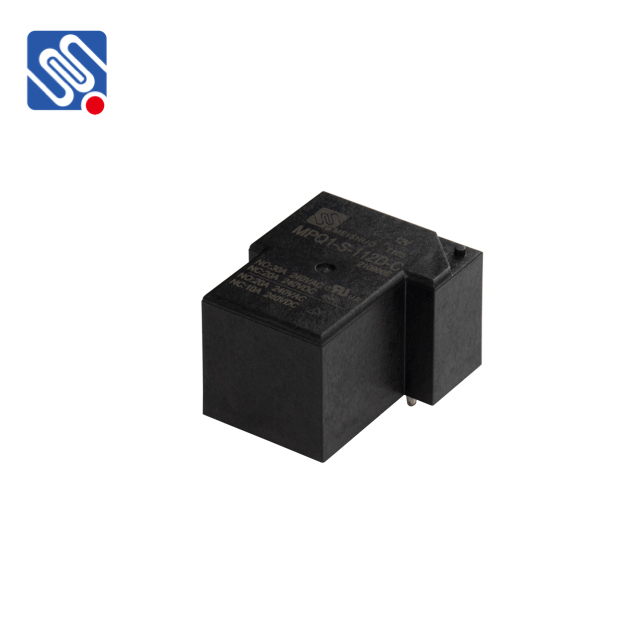A 12V DC relay is a widely used electromechanical device that plays a crucial role in controlling electrical circuits with a lower voltage to switch higher voltage circuits. It is commonly found in automotive systems, home appliances, and industrial applications. In this article, we will explore the working principle, key components, applications, and considerations when selecting a 12V DC relay.

What is a 12V DC Relay? A 12V DC relay is essentially a switch that is operated by an electromagnetic field. When a 12V DC current is applied to the relay’s coil, the electromagnetic force generated by the coil either opens or closes the contacts inside the relay, which in turn controls the flow of electricity to an external circuit. This makes the 12V DC relay an essential component for applications where a low-voltage control circuit needs to regulate a higher voltage or current circuit. Relays like the 12V DC version are typically used when a small current or voltage is needed to control larger electrical devices. A typical 12V relay operates at 12V DC, and it can control circuits running on higher voltages, such as 120V AC or 240V AC, without requiring the low-voltage control circuit to handle these high-power levels directly.